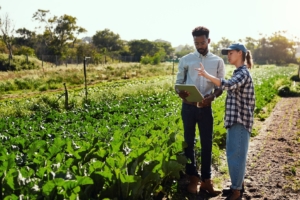Transportation’s Impact on Air Quality: Relationship between Transportation and Air Pollution

Transportation is a vital part of our daily lives, but it also contributes significantly to air pollution. Cars, trucks, buses, and airplanes release harmful pollutants into the air, which can have negative effects on human health and the environment.
Transportation and Air Pollution
Transportation is a major source of air pollution, including:
- Emission of greenhouse gases: Cars, trucks, buses, and airplanes release large amounts of greenhouse gases, such as carbon dioxide, into the air.
- Emission of particulate matter: Transportation also releases particulate matter, tiny particles of pollution that can be inhaled deep into the lungs, and nitrogen oxides, which contribute to the formation of smog and acid rain.
- Contribution to urban air pollution: Transportation is also a significant contributor to urban air pollution, as vehicles release pollutants into the air in densely populated areas.
Effects of Air Pollution on Human Health and the Environment
Air pollution can have a variety of negative effects on human health and the environment, including:
- Respiratory illness: Air pollution can lead to respiratory illnesses, such as asthma, bronchitis, and emphysema.
- Cardiovascular disease: Air pollution can also increase the risk of cardiovascular diseases, such as heart attacks and strokes.
- Environmental damage: Air pollution can also harm the environment, as it can acidify soil and water and damage plants and wildlife.
Solutions for Reducing the Impact of Transportation on Air Pollution
To reduce the impact of transportation on air pollution, it is essential to reduce the number of pollutants that are released into the air. Some of the solutions that can help to achieve this include:
- Encouraging the use of public transportation: Governments can encourage the use of public transportation, such as buses and trains, to reduce the number of cars on the road.
- Investing in clean energy: Governments can also invest in clean energy sources, such as electric and hybrid vehicles, to reduce emissions from transportation.
- Encouraging carpooling and biking: Governments can also encourage carpooling and biking as alternative modes of transportation, which can reduce emissions from cars.
- Implementing stricter emissions standards: Governments can implement stricter emissions standards for vehicles to reduce the number of pollutants they release into the air.
- Encouraging sustainable urban planning: Governments can also encourage sustainable urban planning, which can reduce the need for transportation by creating compact, walkable communities.
Conclusion
Transportation is a vital part of our daily lives, but it also contributes significantly to air pollution. Cars, trucks, buses, and airplanes release harmful pollutants into the air, which can have negative effects on human health and the environment. By taking these steps, we can protect public health, improve air quality and promote sustainable transportation.
To reduce the impact of transportation on air pollution, it is essential to reduce the number of pollutants that are released into the air, this can be achieved by Encouraging the use of public transportation, investing in clean energy, encouraging carpooling and biking, implementing stricter emissions standards and encouraging sustainable urban planning.






